Blockchain requires extensive backend knowledge because it is a distributed ledger system. It requires dedicated efforts to keep the remote nodes operational and in sync by managing the underlying server, a network of systems. Because of the volume of processes and integrations, the deployment is difficult and complex.
BaaS as a solution
Blockchain as a Service (BaaS) enables businesses to use cloud-based solutions to develop, host, and adopt their own blockchain applications, smart contracts, and other relevant functions on the blockchain while the cloud-based IT partner or service provider manages all necessary tasks and activities to keep the infrastructure up and running.
With the potential to accelerate the adoption of distributed ledger technology across industries, the introduction of BaaS is a significant development and key milestone in the blockchain space. The idea is based on and operates according to engagement principles akin to those of software as a service (SaaS). BaaS gives business access to a blockchain network in the desired configuration without the need for the business to develop their own Blockchain and develop in-house expertise for the same, similar to the growing trend of using Software-as-a-Service (SaaS), where access to the software is provided on a subscription basis.
How does BaaS work?
Upon subscribing to a Blockchain as a Service (BaaS) provider, the client effectively enters into an agreement whereby the BaaS provider agrees to setup all the required Blockchain technology and infrastructure for the customer in exchange for a service charge. In order to set up and manage Blockchain linked nodes for the client, the BaaS provider utilizes the necessary infrastructure and technologies.
The BaaS partner sets up the Blockchain network on any distributed ledger, including Ethereum, Bitcoin, Hyperledger Fabric, R3 Corda, and Quorum, according on the needs of the client. The maintenance of all essential Blockchain-related artefacts and the upkeep of the infrastructure are the duties of the BaaS provider. The services also cover proactive security monitoring, such as preventing hacking attempts, as well as support tasks including managing bandwidth, optimizing resources, managing incidents, and monitoring the health of the system.
Clients that use the Blockchain as a Service model can concentrate on their core operations and competitive strategies while leaving the management of the Blockchain infrastructure and its performance to the BaaS provider. It enables them to operate distributed-ledger workloads in settings requiring the highest level of fault tolerance.
Key Feature of BaaS
- Simple method for setup
- Networks and infrastructure that are preset and modular
- Administration and management of platform architecture
- Middleware for app development and monitoring
- Dashboard for monitoring and analysis of Smart Contracts
- Verifiable transaction history
Leading BaaS providers
- Oracle – Oracle Blockchain Platform (OBP) A speedy approach to deploying the blockchain-based network. Based on the Hyperledger Fabric platform, it provides fully managed and preassembled blockchain services. It enables users to link locally installed Hyperledger fabric nodes with the cloud service. It is a blockchain system created for the enterprise, with built-in backup, improved security, role-based identity management, and certificate revocation management among its enterprise-level features. Using REST API and API management services, Oracle Blockchain allows API-driven development for cloud or on-premises apps. Using large logs, real-time monitoring dashboards, and ledger browsers, businesses can quickly discover and fix problems. IBM A significant contributor to Hyperledger, one of the leading blockchain platforms in the market, which gives developers improved tools for quicker development, including a variety of industry-specific use case templates to get started with, a special modelling language, and a web-based developer environment. The IBM Blockchain Platform is widely accessible via the cloud and in any location to fulfil your business’ demands, particularly those related to data sovereignty. It is a fully integrated, enterprise-ready blockchain platform made to aid in the running of a multi-institution business network and expedite corporate development. AWS By providing two types to use blockchain as decentralized (Amazon Managed Blockchain) or controlled systems (Amazon Quantum Ledger Database), while preserving the idea of an immutable ledger at the core, this approach to BaaS with blockchain is unusual. A completely managed ledger database service in the cloud is called Amazon Quantum Ledger Database. It offers a transaction record that is immutable, transparent, and cryptographically verifiable that is controlled by a central authority over the business model. The building and operation of scalable blockchain networks are made easier by the fully managed cloud solution known as Amazon Managed Blockchain. The well-known open-source frameworks Ethereum and Hyperledger Fabric are used to do this. Microsoft Azure Offers a variety of open source blockchain platforms to pick from that may be hosted in the cloud along with extra tools for creating related solutions. It allows you to create blockchain networks are based on Corda, Ethereum, and Hyperledger Fabric. Customers can automatically create online and mobile (iOS, Android) client applications that can be used to validate, test, and view blockchain applications. SAP For problems that affect a larger industry, it offers an integrated set of instruments. It provides a comprehensive range of tools with outstanding outcomes for issues affecting a wider sector. Additionally, providing Blockchain systems as a BaaS to customers on platforms like Hyperledger Fabric, Quorum, and Multichain Using SAP’s low-cost, low risk blockchain solution, businesses may experiment with and adapt the technology, incorporating it into their SAP landscapes. Kaladio Kaleido is an award-winning, enterprise-grade, SaaS platform making blockchain and digital assets radically simple for organizations to adopt. Kaleido makes it easy to build multi-region, multi-cloud blockchain networks on protocols including Ethereum, Hyperledger Fabric, Quorum, Hyperledger Besu and Corda. Zeeve Zeeve is a Blockchain Management platform that provides no-code deployments and monitoring of Blockchain DApps and networks. SettleMint The most powerful high-performance blockchain development platform, to rapidly build & deploy Web3 services with a low-code, user-friendly interface. Chainstack Chainstack provides managed blockchain services that make it simple for developers to launch and scale decentralized networks and applications.
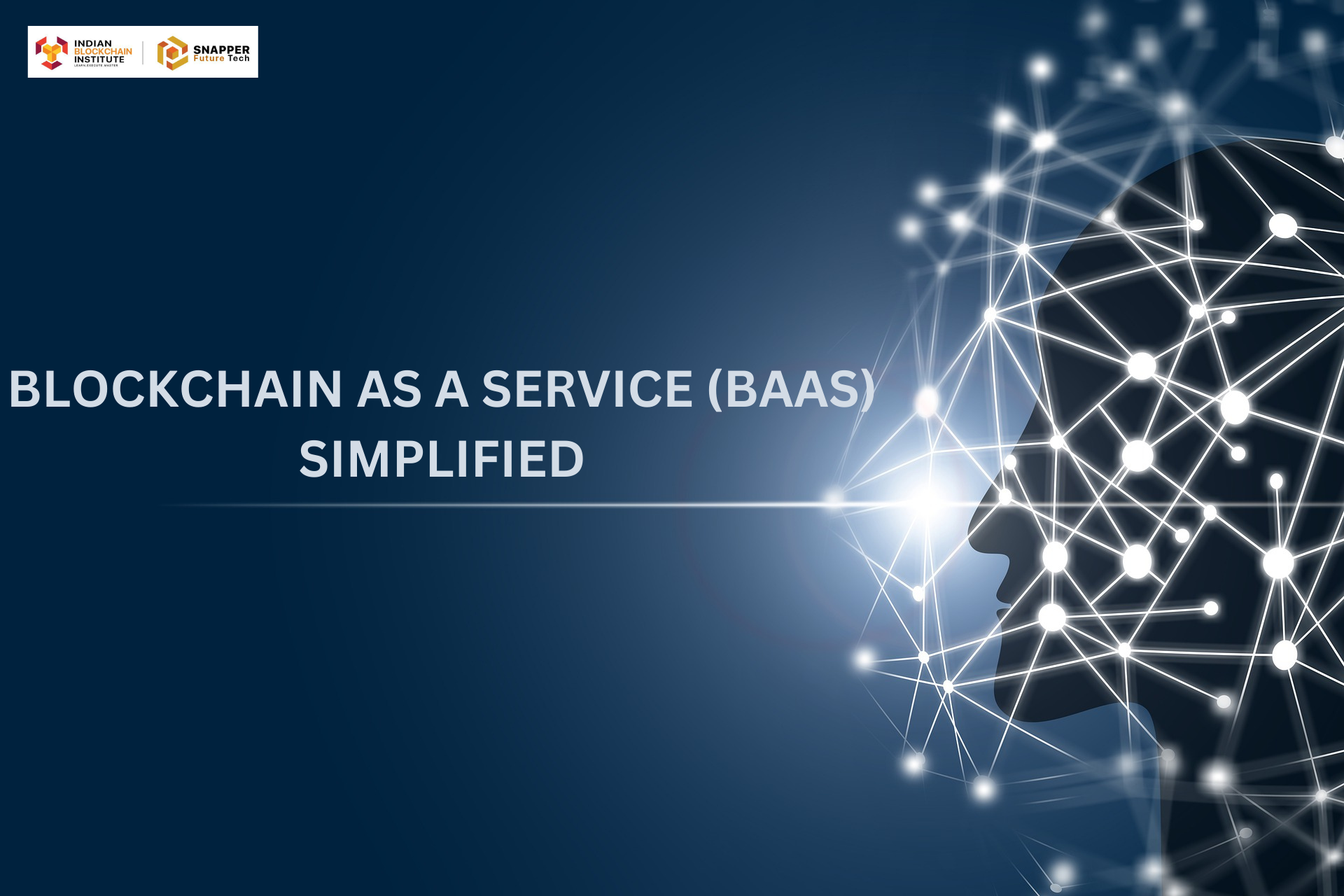

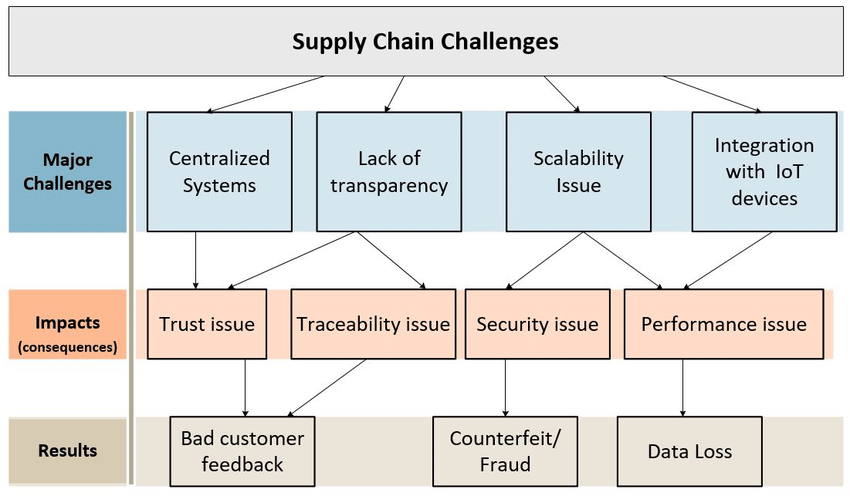
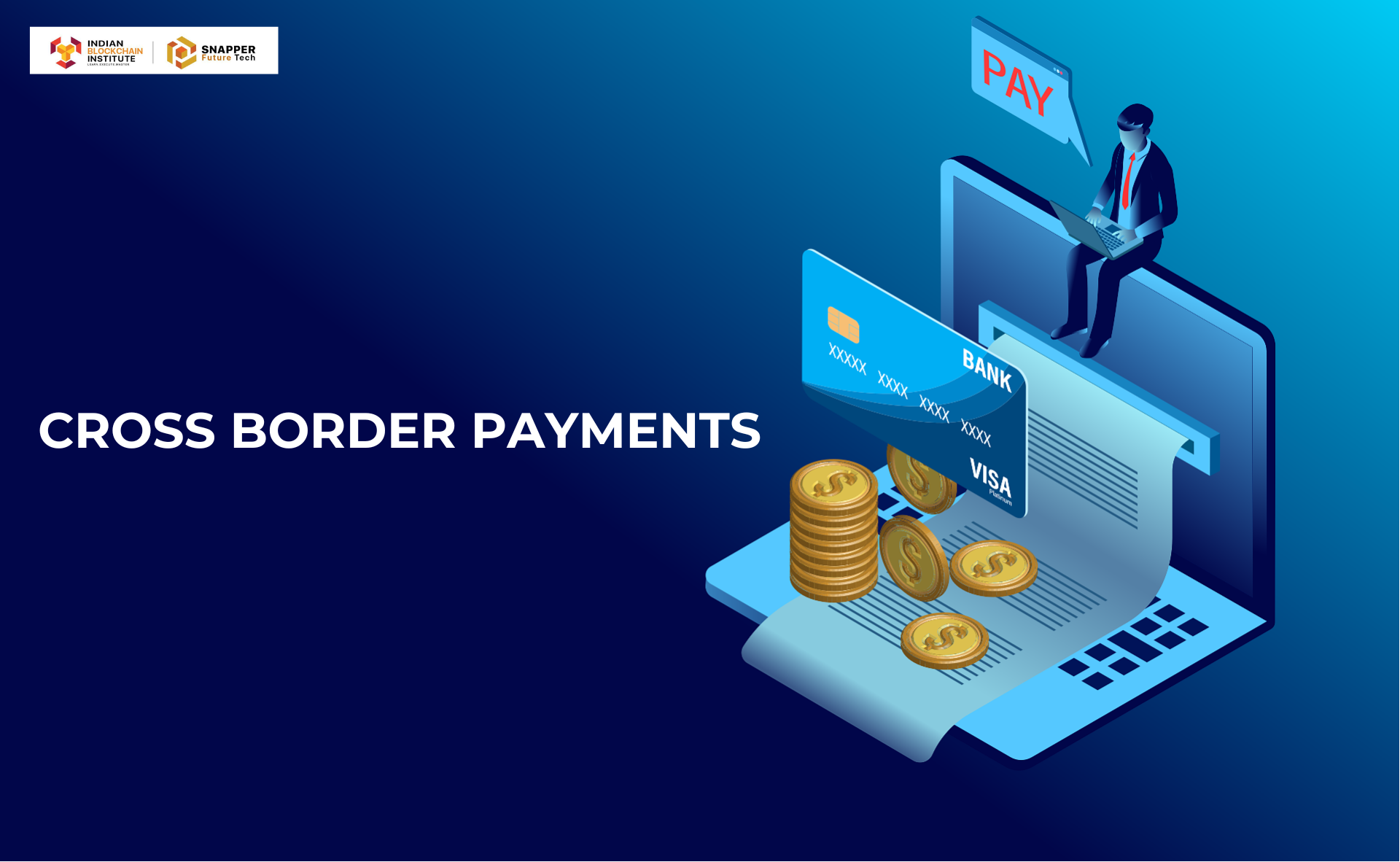
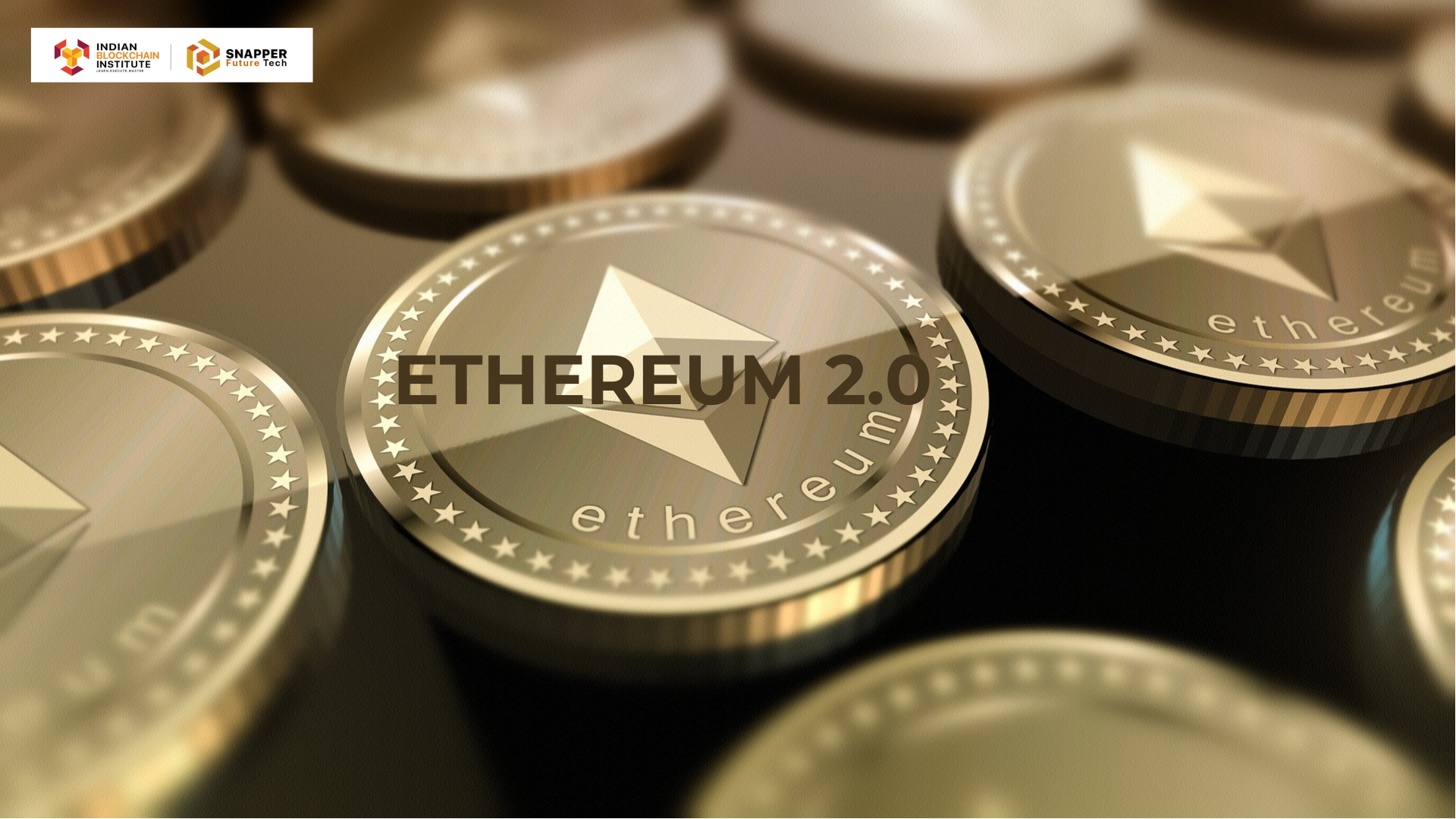
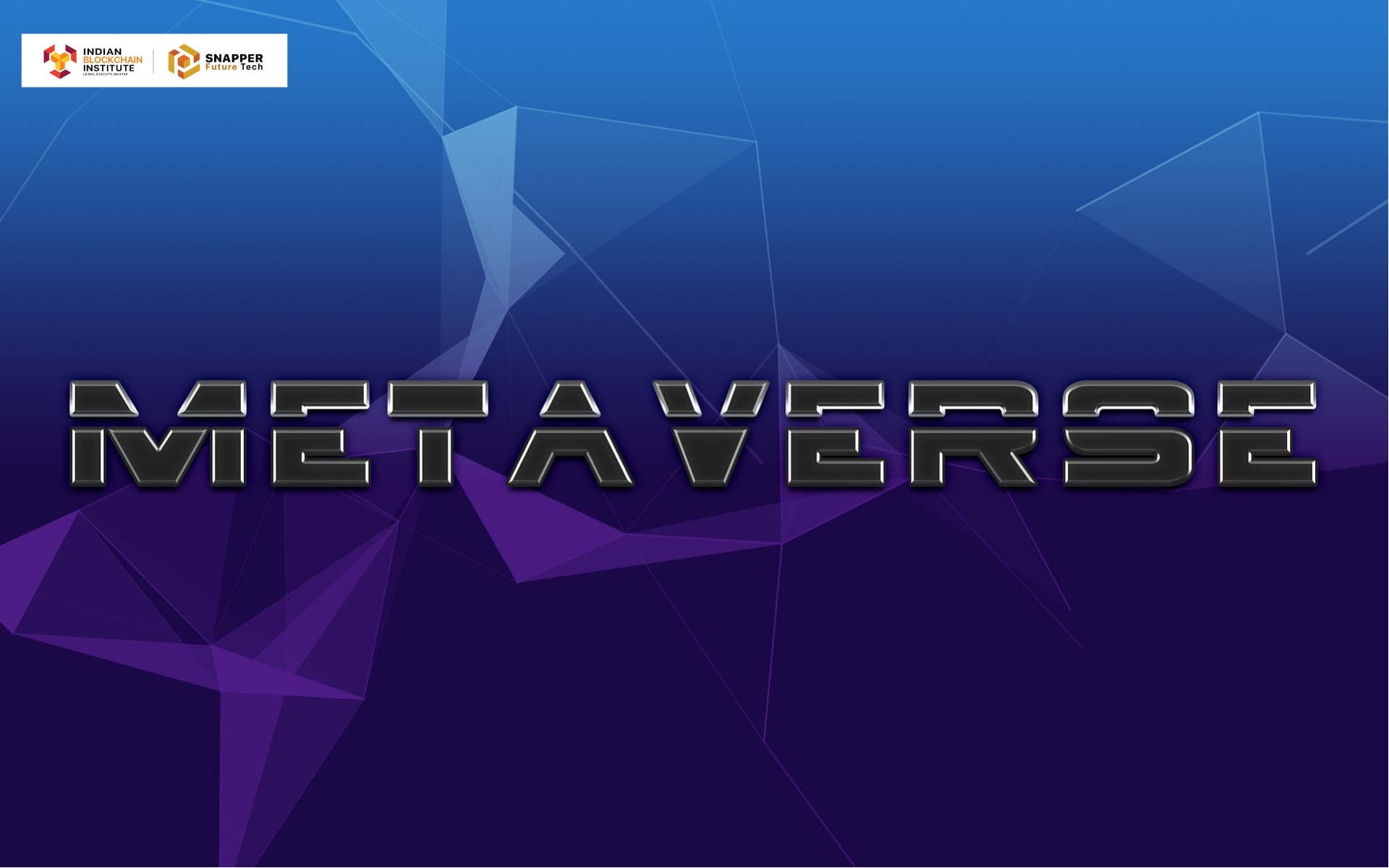
Leave a Reply